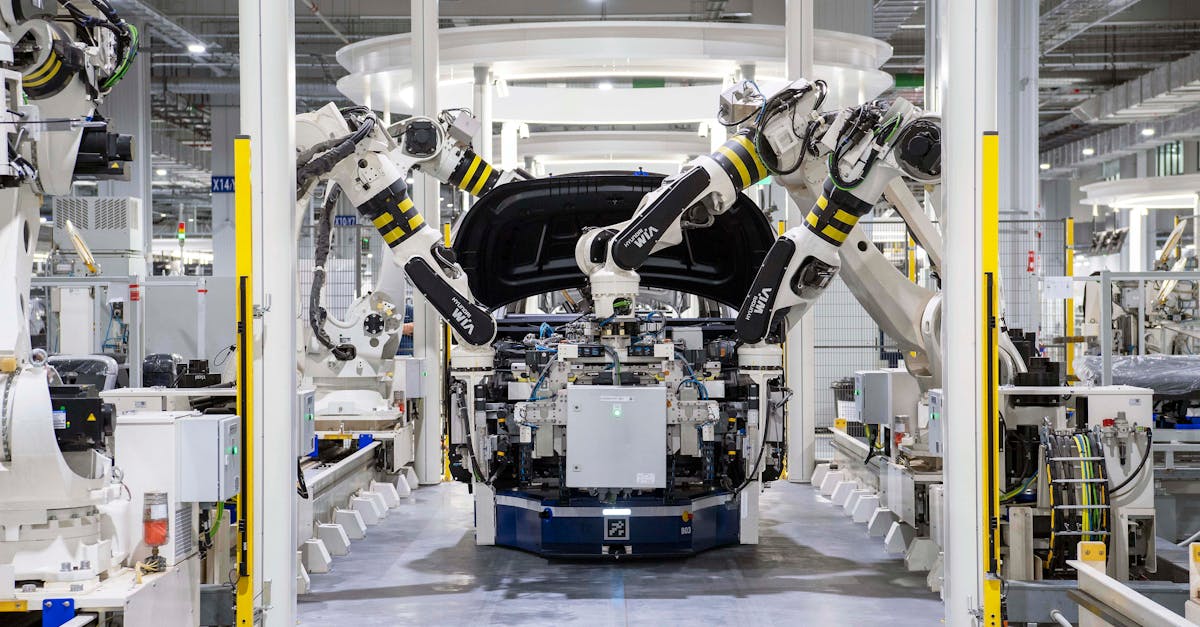
You know the pain of mailbox fees, message fees, setup fees—the hidden costs and daily annoyances you live with just to keep your EDI running. Even if you’re frustrated, most people flinch at the thought of migration. What if a shipment goes missing? What if a customer’s order falls through the cracks? You can’t afford disruption, and neither can your team. But rest assured: modern EDI VAN migration can be absolutely risk-free when you know how to approach it.
For those of you managing complex supply chains or keeping the books tight, you know that staying with an outdated VAN means more than annoyance. It’s lost time, tight margins, and missed opportunities for automation. Modern solutions like the cloud-based EDI VAN from BOLD VAN can eliminate unnecessary costs and increase visibility across your whole operation—if you can get there without stumbling along the way.

Think of this as taking inventory before a big move. You want to know, down to the last trading partner, exactly what’s plugged into your network.
You don’t want to get halfway through migration and realize half your business depends on an obscure GS ID you forgot.
Zero downtime is possible—but only if you define your red lines:
For many, the ultimate risk isn’t downtime—it’s lost trust with your largest customers or your CFO’s inbox lighting up from chargeback fines or compliance issues.
There’s more than one way to switch VANs, but each comes with pros and cons:
Whichever you pick, make "hypercare"—intensive monitoring for days after cutover—your standard, not an extra.

This is where EDI migration is won or lost. How are you prepping?
Don’t overlook communication—your partners may not need to act, but they’ll appreciate being informed.
Want to avoid headaches? Set up new mailboxes with identical IDs as your old ones. In many cases, switching is nearly invisible to your trading partners and there’s no need for a barrage of “we’re switching our EDI” emails. But ensure you coordinate with VAN administrators for rerouting—especially if those partners are on a different network.
This is your shot to do more than copy the old system over—you can finally fix legacy issues and streamline.
This step is where pros are separated from the rest. Never move until you know all flows work:
Nothing beats the peace of mind of live, side-by-side test traffic before going all-in.
The switch is flipped, but the work’s not over yet. For at least the first week:
You know the real cost of EDI headaches: cash flow, customer satisfaction, and evenings spent chasing invisible errors. With a successful migration, you’ll start seeing:
EDI migration isn’t about crossing your fingers and hoping for the best. With the right approach—and a partner like BOLD VAN—you can transform your operations for less than you think and without putting any customer relationship at risk.
If you’re ready to finally do away with all the a la carte charges, downtime anxiety, and mystery bills, let us show you how simple and risk-free your EDI VAN migration can be.

Stop Amazon EDI chaos. Unify your Vendor and Seller Central transactions to eliminate manual errors, mandatory compliance risks, and hidden mailbox fees.


Target's digital fulfillment is changing EDI compliance. Learn the risks (chargebacks, volatility) and opportunities for suppliers. Get a practical framework to sync your EDI, ERP, and VAN to secure your cash flow and growth.